A tale of two cities: the zest of Shanghai and Mumbai
Updated: 2016-04-15 19:42
By Khyati Shah(chinadaily.com.cn)
|
||||||||
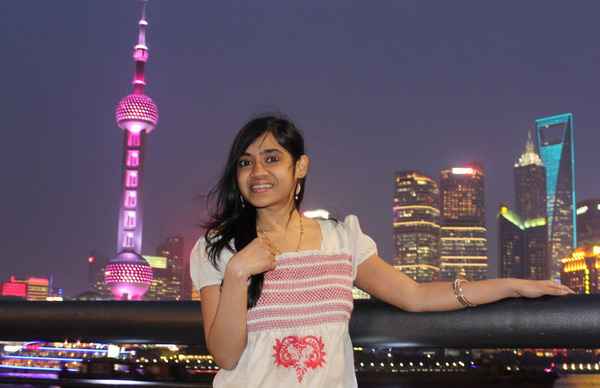 |
If Charles Dickens were to base the settings of his famous novel – "A Tale of Two Cities" in Asia, instead of Europe, there is an iota of credibility that the figment of his imagination would have set the characters in Shanghai and Mumbai in lieu of London and Paris.
Indeed, Shanghai and Mumbai call for another tale betwixt them, a tale that runs through similar veins yet diverse dimensions. While viewed from a macroscopic lens, it does feel Shanghai and Mumbai have a similar streak of colors, but microscopically the shades are very different and divergent, and yet the cities harbor a kindred spirit.
The most striking similarity is in their geographical layout and their humble beginnings as they rose to become what they are today. Economic behemoths that they are now, they rose from island settlements into financial and commercial capitals of their respective countries.
Shanghai rose a mighty from the Land of the Dragon, and Mumbai too leaped from the Land of the Tiger. Being a Mumbai citizen by birth and a Shanghai resident now, I see, feel and breathe the convivial spirit that wafts through these amazing cities.
Starting from their origins, they both have similar histories rooted in maritime activities as Mumbai was a port on the west coast of India and Shanghai, a busy port on Eastern China. Their nomenclature till date reflects this most accurately.
Mumbai was originally a cluster of seven islands separated by swamps which were filled in and regrouped in 1845 to become one large island called Bombay. Mumbai took over its name from Bombay in 1995 after the patron Goddess of the deep sea fishermen, Mumbadevi. The coastal city was proverbially seen as a Gateway to India, and so a magnificent monument by the name was built in the 20th century as it was the first structure that the arriving visitors (mostly British viceroys and governors back in the heyday) would first set their sights on. Shanghai too derives its name from Shang-(Chinese word for above/upon) and Hai-(Chinese word for Sea).
While Mumbai is developed on the waterfront overlooking the Arabian Sea, Shanghai has its waterfront embankment overlooking the East China Sea which blends into the Pacific Ocean. Shanghai has one of the busiest ports today where large container vessels epitomize the trade between China and the rest of the world.
The iconic waterfront promenade of Shanghai is called the Bund, which too traces its origins to being a British settlement before 1840. Circa 1846, Shanghai became a trading port and come the 1900s, the Bund rose to grow into a powerful financial hub. Sporting imperial Gothic structures and iconic landmarks on its visage, the waterfront esplanade of Shanghai- Bund finds a worthy counterpart in the waterfront of Mumbai- Marine Drive. Both waterfronts of the island cities house commercial powerhouses and simultaneously serve as beacons of beauty making them top the ‘Must-see’ lists of tourists thronging the cities.
As the sun sets and the natural lights fade, the Bund transforms into a jazzy lively nightspot with its shining beaming neon lights, and Marine Drive lights up with a smile as the lights on its angular arc transform to become the "Queen’s necklace".
Both the cities, Mumbai and Shanghai, have their own aliases too. Mumbai is called the Maximum City where life and its experiences can be maximized and is also called City of Dreams, where all dreams can definitely have a chance to come true.
Shanghai with its European beauty and grace is called the Pearl of the Orient and also the Paris of the East. Tourism spots abound in both cities, and these economic capitals are also shopping havens for tourists. Where tourism booms, shopping is not far behind, and where shopaholics throng, how can fashion lag behind? Fashion plays an important role in the character of any city. New York and Paris might be the centre stage of the world where fashion plays out an intriguing show every season, but come to Asia, and Shanghai and Mumbai are eager to put up an interesting riot of colors.
Mumbai has the high end malls as well as bargain jaunts, to please the pockets of the populace which comprises of the richest rich and the poorest of the poor and oh yes, just like Mumbai’s looming skyline, the width of difference encompasses both in large numbers.
Shanghai is a fashionista’s delight and, being a developed city of the Middle Kingdom, is very European in its fashion quotient. Malls of Shanghai outnumber malls of Mumbai not only in number, but also in technology, scale and escalators alone! Not to mention, Shanghai is a city with bargain flea markets too.
Besides fashion, it is food which lines a city’s milieu. Fine dining restaurants filled with world cuisine and showcasing eclectic ambiences abide a plenty in both cities, yet Mumbai and Shanghai both have a delectable mouth-watering array of street food.
The street food culture of any city, I feel, is as necessary if not more, than upscale restaurants to a city’s personality. The spiced-fried potato buns (Vada Pav) of Mumbai find a worthy and healthier companion in my favorite steamed vegetable and tofu filled buns (Mantou) of Shanghai.
Of course, there are many other street foods that leave your palate wanting for more in both cities like Bhel puri, Pani puri and Ragda pattice of Mumbai and rice, noodles and dumplings eaten with chopsticks (obviously!) in Shanghai. The peppery grilled and barbequed vegetables, mushrooms or anything you pick from a platter to charcoal-grill is unique to the street food culture of Shanghai and tops my list of must-haves.
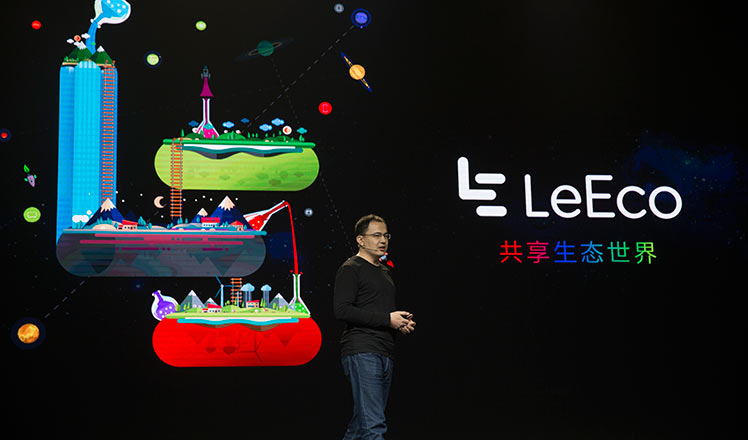
 Top 10 Chinese brands that grow the fastest
Top 10 Chinese brands that grow the fastest
 Best Chinese paintings that reveal the beauty of spring
Best Chinese paintings that reveal the beauty of spring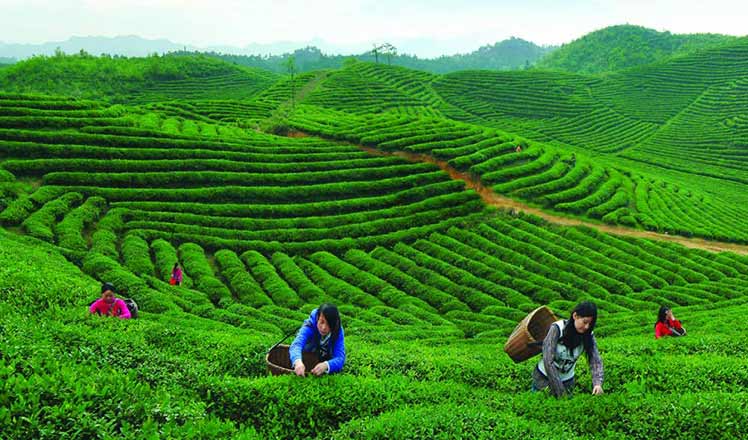
 Millions visit charming forested area in East China
Millions visit charming forested area in East China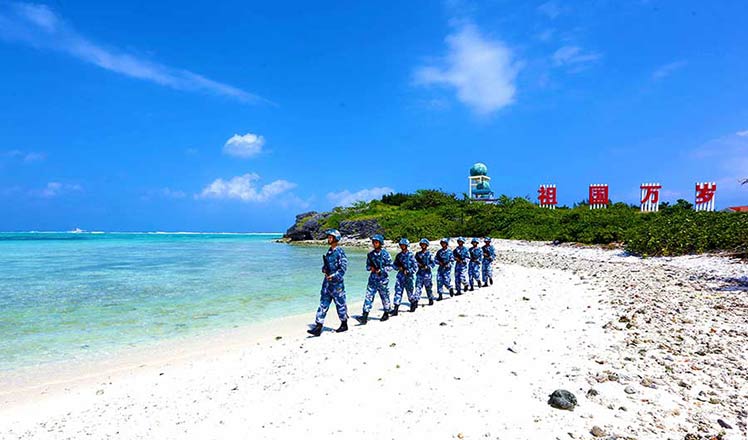
 PLA navy soldiers on patrol on Xisha Islands
PLA navy soldiers on patrol on Xisha Islands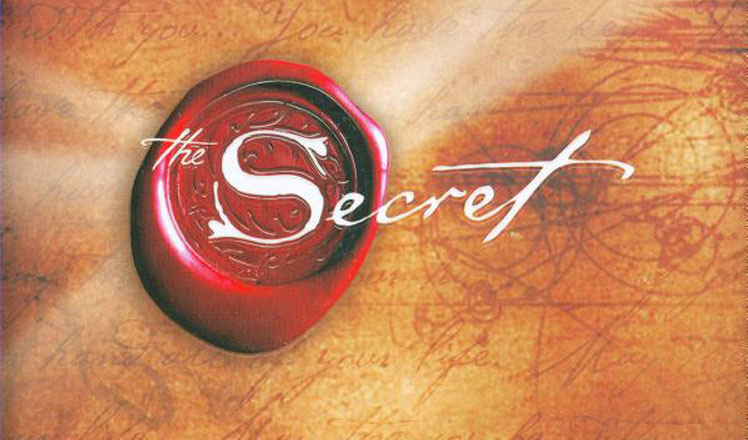
 8 good books from London Book Fair you can't miss
8 good books from London Book Fair you can't miss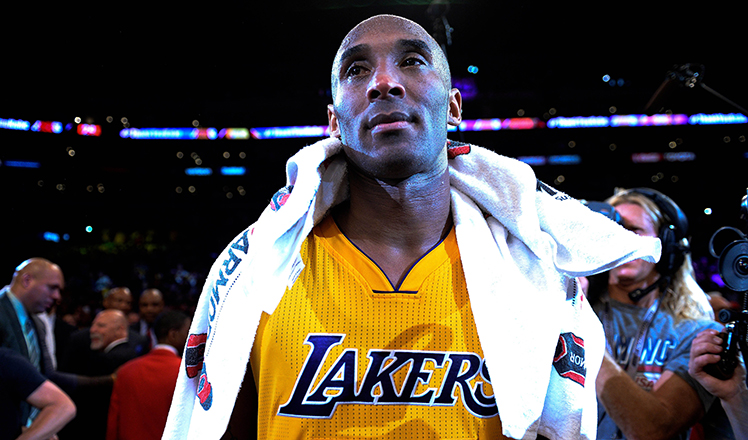
 Kobe Bryant's accomplishments by the numbers
Kobe Bryant's accomplishments by the numbers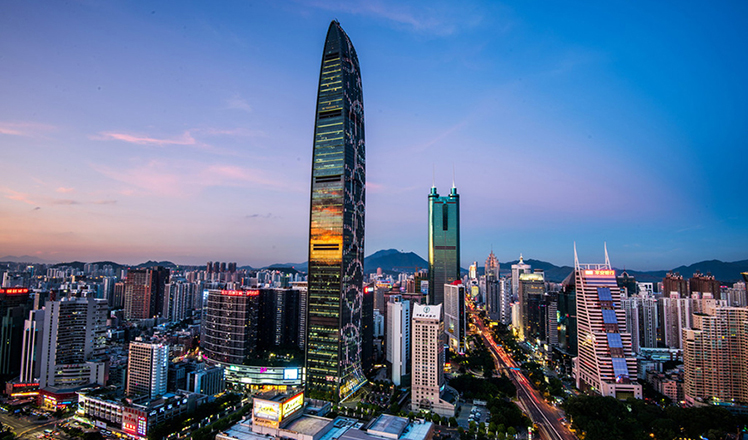
 Top 10 Chinese cities with biggest surge in home prices
Top 10 Chinese cities with biggest surge in home prices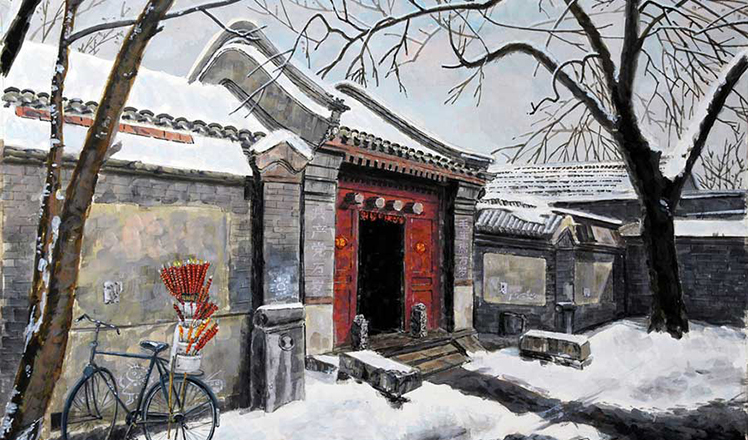
 Beijing Hutongs revived in watercolors
Beijing Hutongs revived in watercolors
Most Viewed
Editor's Picks

|

|

|

|

|

|
Today's Top News
Duke alumni visit Chinese Embassy
Marriott unlikely to top Anbang offer for Starwood: Observers
Chinese biopharma debuts on Nasdaq
What ends Jeb Bush's White House hopes
Investigation for Nicolas's campaign
Will US-ASEAN meeting be good for region?
Accentuate the positive in Sino-US relations
Dangerous games on peninsula will have no winner
US Weekly

|

|







